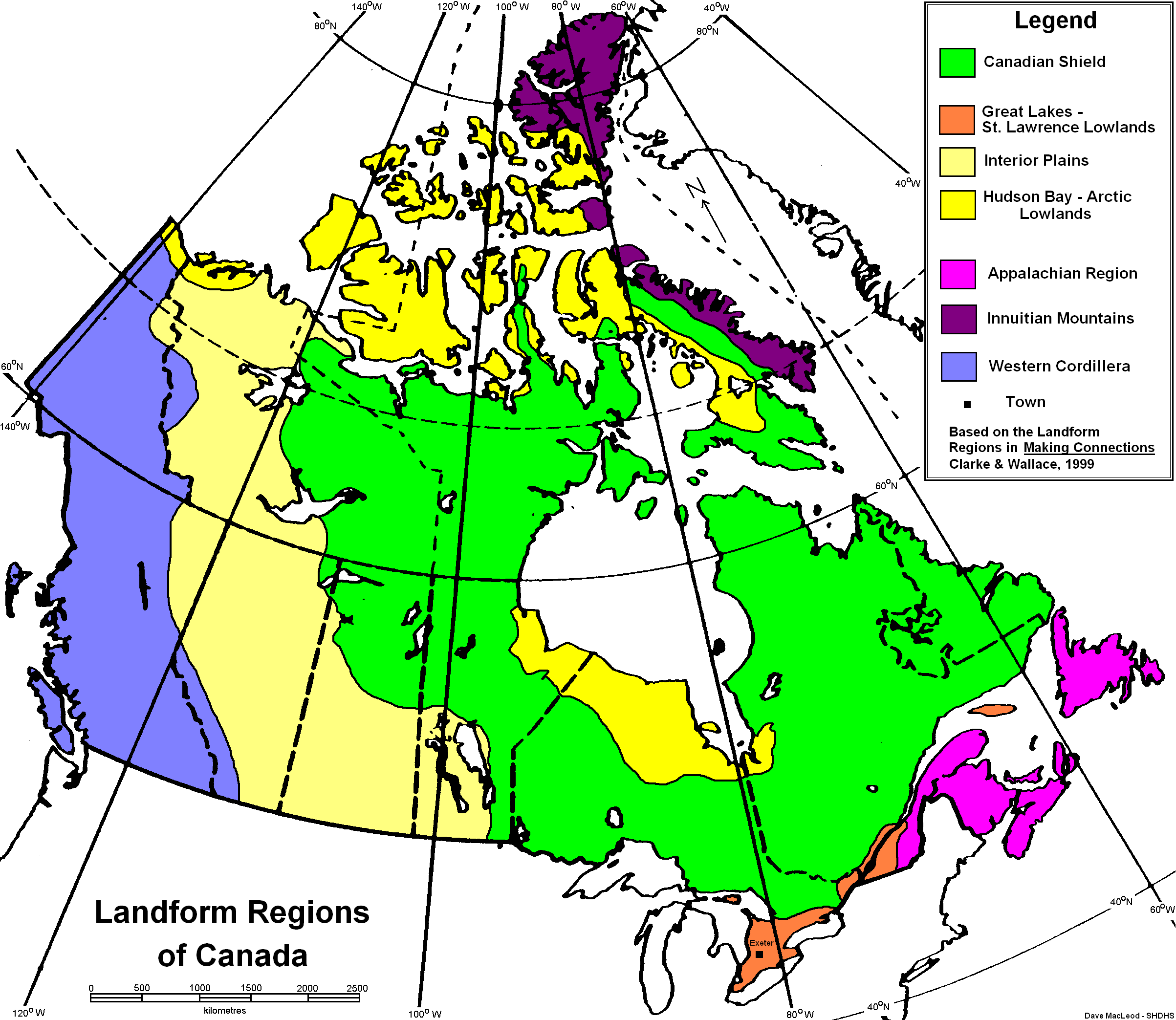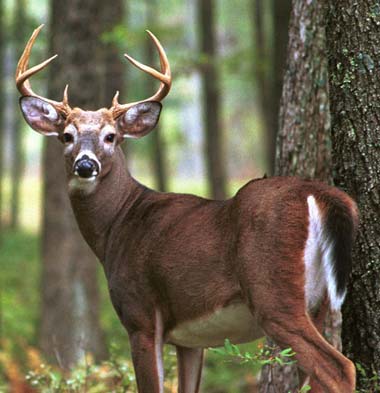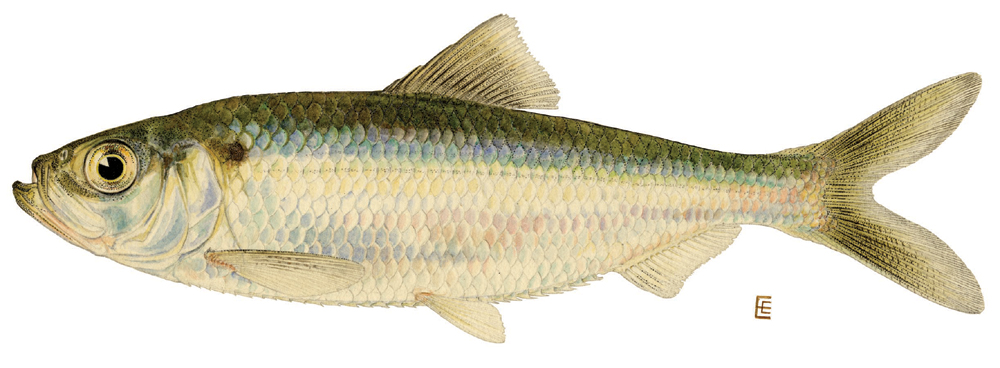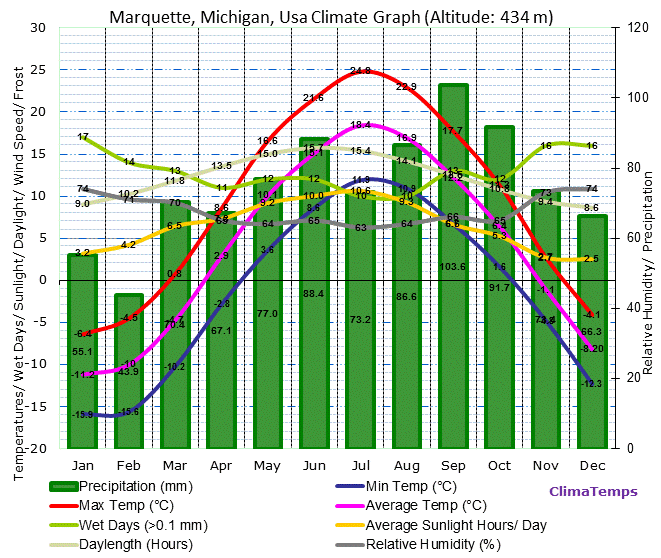Geography

The St. Lawrence Lowlands are the peachy-orange colour in the bottom left.
The unique geography of the St. Lawrence Lowlands was shaped by glaciation, marine submergence, river erosion and river deposition. Weathering and deposition of river gravels was soon followed by at least two episodes of glaciation. The last major glacial advance was 18 000 years ago and was followed by the land rising as much as 20 meters per century starting from 13 000 to 10 000 years ago.
Altitudes range from 15 meters above sea level along the St. Lawrence River to 150 meters along the borders with the Laurentian mountains.
Climate
In the Great Lakes area, the wet season is the summer months, however the region still receives a steady amount of precipitation throughout the year. The lakes serve as "heat sinks" that moderate the temperatures of the surrounding land. They also act as a giant humidifier, increasing the moisture in the air and causing heavy snowfall in the winter and heavy rainfall in the summer.



The soil has a lot of clay deposited in it from the Champlain Sea and can be as thick as 60 meters along the north side near the former glacier margin. Around the margins of the Lowlands there are also many sand and gravel beaches.
Climate change is being felt throughout the world in various ways, and in the St. Lawrence Lowlands, they will see a decline in annual and spring snow/rainfall. They will also be experiencing many drought episodes.



Toronto Climate Graph

Quebec City Climate Graph

Montreal Climate Graph
The soil has a lot of clay deposited in it from the Champlain Sea and can be as thick as 60 meters along the north side near the former glacier margin. Around the margins of the Lowlands there are also many sand and gravel beaches.
Climate change is being felt throughout the world in various ways, and in the St. Lawrence Lowlands, they will see a decline in annual and spring snow/rainfall. They will also be experiencing many drought episodes.
Flora and Fauna
The Great Lakes area has a large biodiversity as there are many different ecosystems within it. Some trees include, sugar maple, American beech, basswood, white oak, red oak, shagbark hickory, bloack wood and butternut.
Some recent animal arrivals are white tailed deer, grey squirrels, coyote, starlings, house sparrows and ringbilled gulls.
All species that thrive in this area must be able to also adapt to agricultural crops and suburban habitats.

White tailed deer
Human Geography
This area is the largest inhabited in Canada. Early settlement was mostly in this area and ever since Europeans came over, this region has seen a high density of people. The largest cities are Toronto and Montreal. Fifty percent of Canadians live here and they produce seventy percent of Canada's manufactured goods.
It is known as the industrial centre of Canada, for this is where the first major industries and factories were built. The people use the land for agriculture, and farming grapes, peaches, pears and maple syrup from the sugar maple trees.
Economy
This area has been the powerhosue of Canada since Confederation. Before Confederation, settlers traded fur, farmed and harvested lumber. However as economics advanced, so did the economy and manufacturing, saw mills, beweries, iron and steel factories and even an oil refinery were developing. Today, the economy of the St. Lawrence Lowlands is still largely manufactuing based, with companies such as Northern Telecom, one of the world's leading telecommunication industires. This region is the highest financial region of Canada, for many large companies such as Bell, Northern Electric and most of Canada's banks having their head offices located there. Much of this region has been industrialized, urbanized, covered in industrial waste and covered in smog, resulting in not much use of the land.
Environmental Concerns
One of the major environmental concerns is the decline in bio diversity and rising of invasive species.
Invasive species are a species not native to a specific environment, and which have a tenancy to wreck havoc in their introduced environment. Some invasive species to the St. Lawrence Lowlands are the zebra mussel, the quagga mussel, round goby, the sea lamprey and the alewife fish. Common invasive species are purple loosestrife and Eurasian Milfoil, which have caused lots of damage in the Great Lakes.
It is very had to control a species once it is established, so the most cost-effective manner of dealing with them is just educating people about how to stop spreading them and various other ways of prevention. However, many people don't care about invasive species and dumping random things into habitats. Many organizations are working towards educating more people and putting up more signs, not just in the St. Lawrence Lowlands but also throughout the world.

Alewife Fish
Comparison


One place that is very similar to the St. Lawrence Lowlands is Marquette, Michigan. It is in the same region, however it is outside of Canada and there are differences in economy, politics and human geography. Michigan's economy is largely based off of the manufacturing of goods, but also a little of mining and logging.

Marquette Climate Graph

Toronto Climate Graph
No comments:
Post a Comment